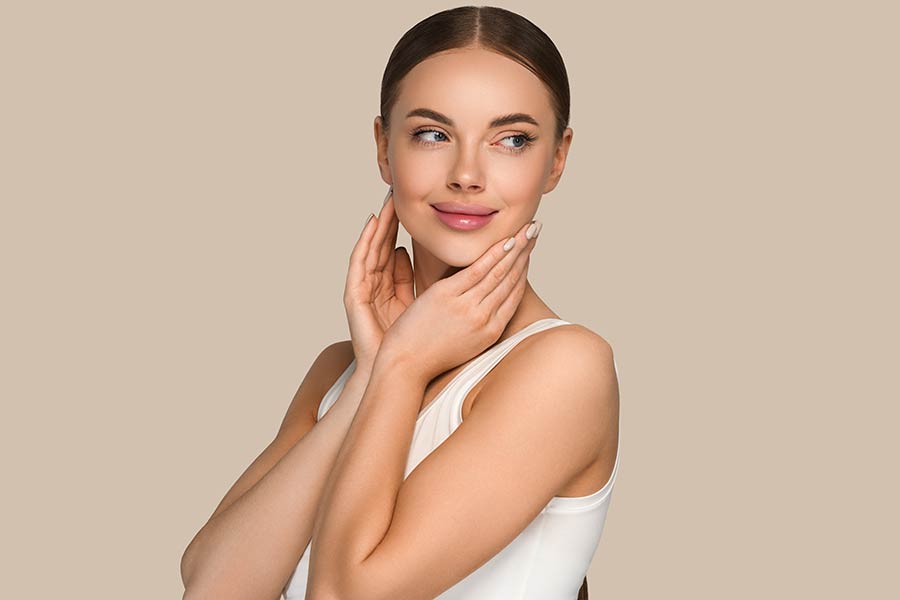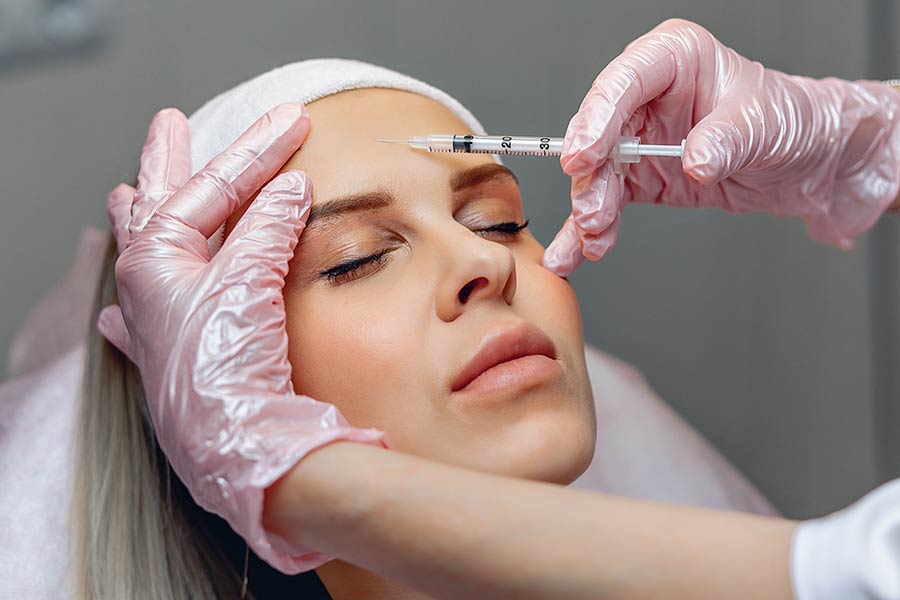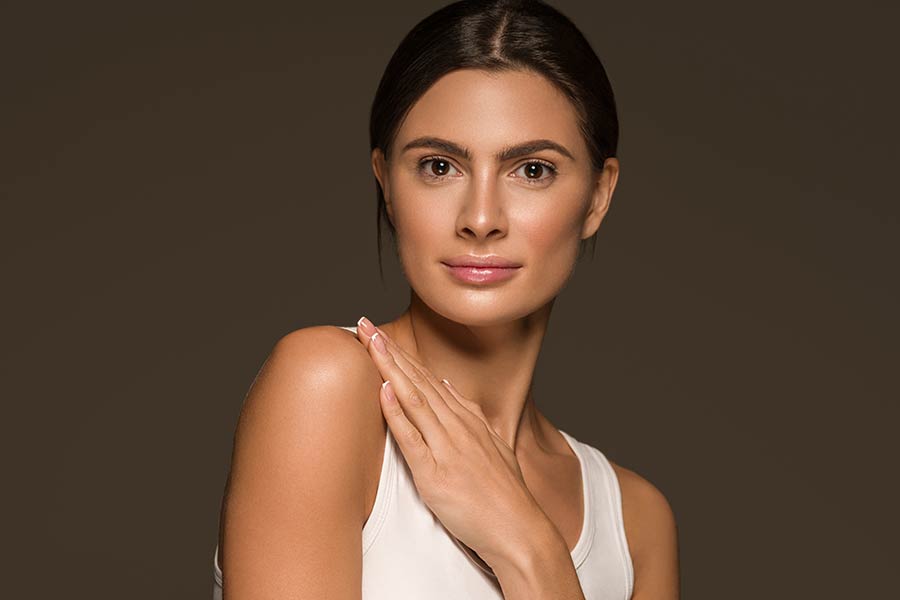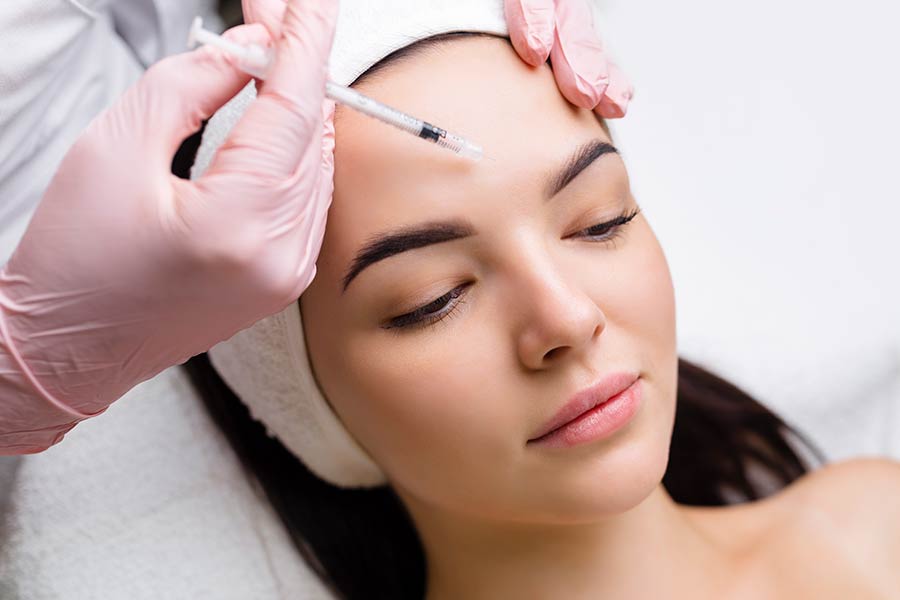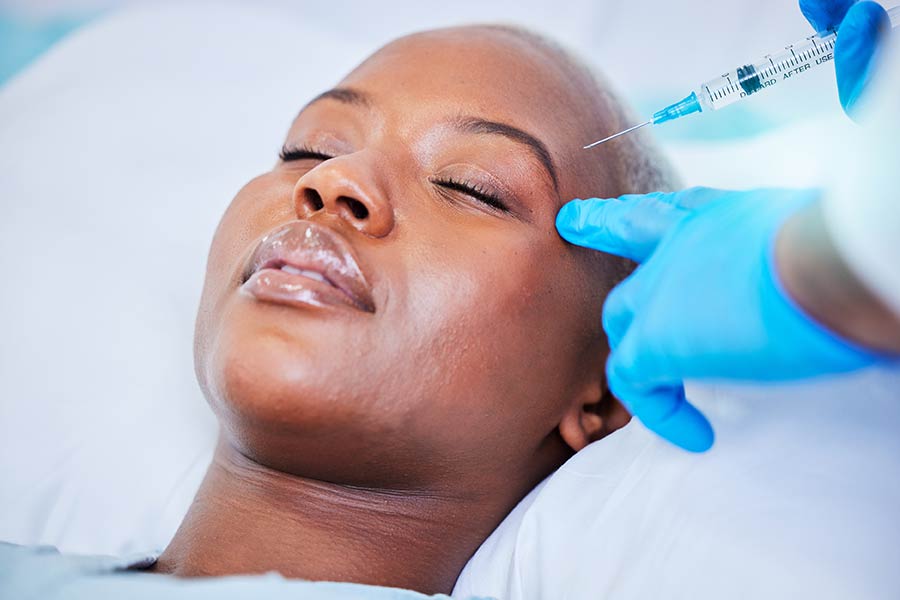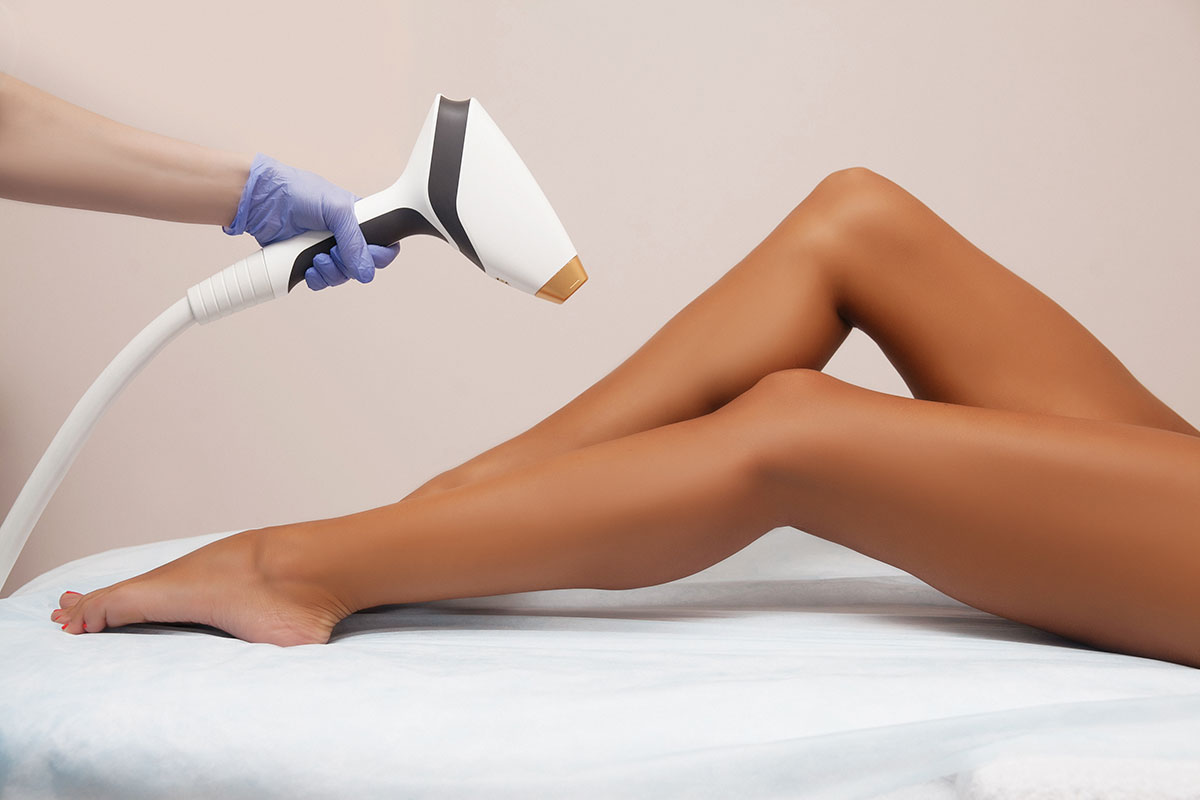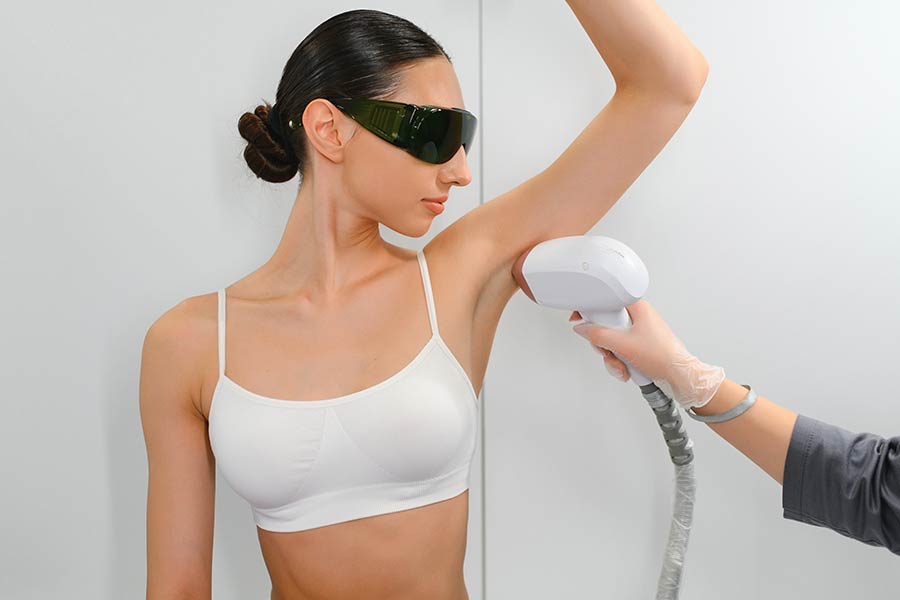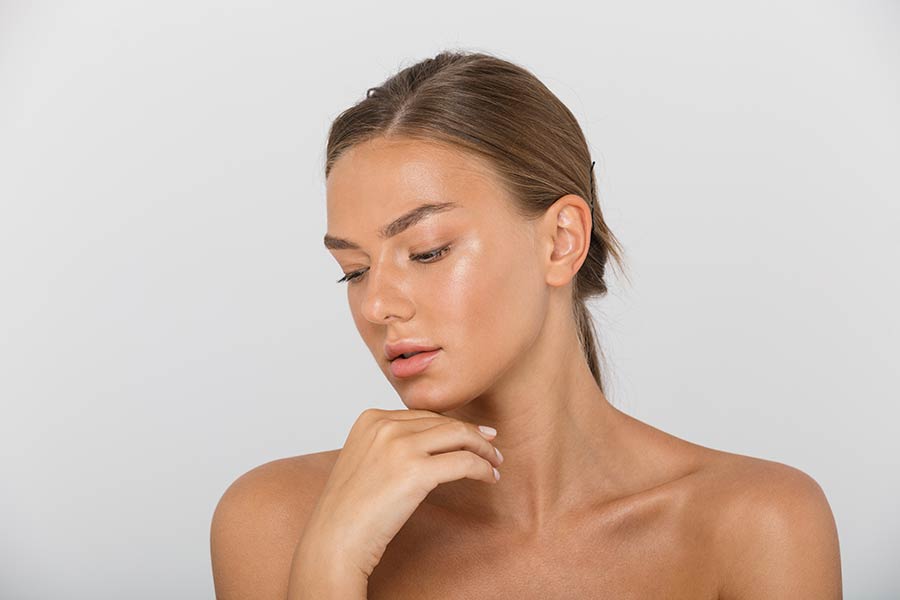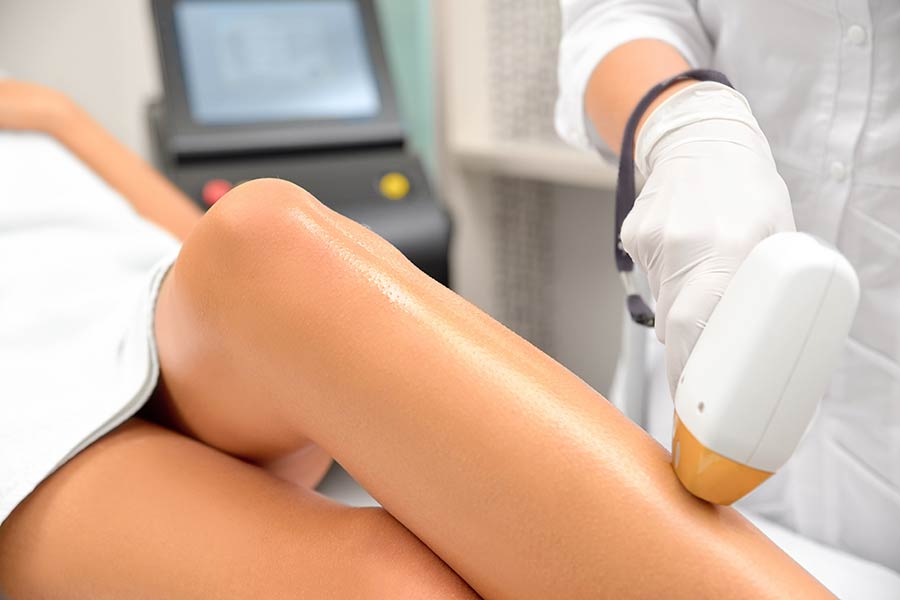Botox, a game-changer in cosmetic and medical treatments, has evolved significantly since its initial FDA approval in 1989. Originally used for eye muscle disorders, its scope has broadened, offering various aesthetic and therapeutic benefits. Today, understanding the different types of botox is crucial for anyone considering this treatment. Each type targets specific concerns, from smoothing wrinkles to managing excessive sweating. This post will dive into the world of botox, shedding light on the options available and how they can cater to individual needs. Whether you're curious about cosmetic enhancements or seeking relief from medical conditions, knowing your botox types can guide you towards making an informed decision.
Key Takeaways
- Botox and similar neurotoxins can be used for both medical and cosmetic purposes, offering solutions for issues like chronic migraines and wrinkles.
- There are different types of neurotoxins available, each with its own benefits, making it important to choose the right type based on your specific needs.
- Understanding the treatment process, including what to expect during and after the procedure, can help set realistic expectations.
- Exploring alternatives to Botox can provide additional options for those seeking cosmetic or medical treatments without using traditional Botox.
- Selecting a qualified injector is crucial for ensuring safety and achieving desired results, highlighting the importance of research and consultation.
- Taking these steps can help individuals make informed decisions about whether Botox or its alternatives are right for them, ensuring they receive the most appropriate and effective treatment.
Botox Basics
What is Botox
Botox comes from a bacteria called Clostridium botulinum. It's a neurotoxin. Doctors use it to make wrinkles less visible. The FDA says it's safe for both looking better and medical treatments.
Mechanism of Action
Botox stops muscles from moving by blocking nerve signals. Doctors inject it into specific spots. This makes the muscles relax. After getting Botox, people usually wait a few days to see changes.
Common Uses
- For beauty, Botox smooths forehead lines, crow's feet, and frown lines.
- It helps with too much sweating and severe headaches.
- Botox also fixes eye problems like strabismus.
Beyond Wrinkles
Botox does more than just fight wrinkles. It's great for stopping too much sweating. People with neck muscle spasms find relief with Botox. It also prevents bad headaches that come back often.
Types of Neurotoxins
Overview of Varieties
There are several brands of neurotoxins available on the market, each with unique properties and applications. Botox Cosmetic, Dysport, and Xeomin stand out as the leading brands. They differ in formulation and areas they're most effectively applied to. For instance, Botox Cosmetic is widely recognized for its use in smoothing facial wrinkles. Dysport is known for its faster onset in some patients, while Xeomin boasts a pure form that doesn't require refrigeration before use.
Each brand has specific FDA-approved uses. Botox Cosmetic was the first to receive approval for cosmetic purposes, making it a household name. Dysport and Xeomin followed, expanding the options for patients and practitioners.
Unique Properties
The molecular structure of these neurotoxins plays a crucial role in how they work. They temporarily paralyze muscles by blocking nerve signals, a process influenced by their molecular makeup. This difference affects not just their onset of action but also how long their effects last.
Botox typically shows results within 24 to 72 hours, with effects lasting up to four months. Dysport may act quicker in some cases but has a similar duration period. Xeomin's effects are comparable to Botox but without the need for cold storage, simplifying handling requirements for medical professionals.
Effectiveness and Uses
Clinical studies have shown high effectiveness levels for these neurotoxins in treating various conditions. Beyond cosmetic applications like reducing facial lines and wrinkles, they're also used for medical conditions such as chronic migraines, excessive sweating (hyperhidrosis), and muscle spasms.
Patient satisfaction rates vary based on individual factors like skin type and the severity of conditions being treated. However, many report significant improvements after treatment. The range of conditions these neurotoxins can address highlights their versatility beyond merely cosmetic enhancements.
Medical Applications
Therapeutic Benefits
Botox injections work wonders beyond smoothing wrinkles. They offer significant relief from muscle-related pain and discomfort. By temporarily paralyzing muscles, they reduce the strain and tension that contribute to pain.
Patients with chronic conditions see a dramatic improvement in their quality of life. This is because Botox lessens symptoms that are otherwise difficult to manage. It's not just about looking better but feeling better too.
The psychological impact cannot be understated. Improved appearance and reduced symptoms lead to enhanced self-esteem and mental well-being. For many, this boost is a game-changer, making everyday activities more enjoyable.
Treating Medical Conditions
Botox has found its place in treating a variety of medical conditions. One notable application is managing an overactive bladder, which offers a respite to those suffering from this uncomfortable condition.
It also plays a crucial role in reducing spasticity in stroke patients. By relaxing the muscles, it helps improve mobility and function, which can be life-changing for those affected.
There's ongoing research into Botox's potential to treat other conditions not yet approved by the FDA. This includes applications for neurological disorders, showing the versatility and promise of Botox as a medical treatment.
Cosmetic Applications
Wrinkle Reduction
Botox works by relaxing facial muscles. This smooths out wrinkles. Doctors often treat the forehead, around the eyes, and between the eyebrows. These are common areas for wrinkle reduction.
The effects of Botox are temporary. Patients usually need more treatments every few months. This keeps their skin smooth.
Facial Contouring
Botox can slim the jawline too. It reduces the size of the masseter muscle. This makes the face look less wide.
Doctors also use Botox for non-surgical nose reshaping. It's a quick way to adjust how the nose looks without surgery. Botox can lift the corners of the mouth or eyebrows as well. This creates a more youthful appearance.
Facial contouring with Botox is subtle but effective. It enhances natural beauty without drastic changes.
Choosing the Right Type
Assessing Needs
A thorough consultation is key before deciding on Botox. It helps pinpoint specific treatment areas. Each person's facial muscles and anatomy are unique. This means their Botox plan needs to be, too.
Doctors look at muscle strength and facial features. They use this info to map out where Botox will work best. What patients want from their treatment matters a lot, too. Some might want a very subtle change, while others look for more noticeable results.
Desired Outcomes
Setting realistic expectations is crucial with Botox treatments. Not everyone will see the same results because each person's face and goals are different.
e folks might need just a little Botox to get the look they want. Others may benefit from more or even combining Botox with other procedures for better outcomes. It's all about what works for you and your body.
Professional Guidance
Getting treated by someone who knows what they're doing is super important. Only licensed pros should do Botox injections.
They can tell if Botox is right for you and suggest how much you might need. They'll also talk through any possible side effects or reasons you shouldn't get Botox. This way, you know exactly what to expect.
The Treatment Process
Consultation Overview
Before starting Botox treatments, everyone goes through a consultation. This meeting is key. Doctors review your medical history and closely look at your face. They check how your muscles move and where wrinkles form. It's vital to tell them about any medicines you take or if you have health issues. This info helps avoid problems during treatment.
They also talk about which areas of your face might get Botox. Setting clear expectations is part of this chat. You'll learn what Botox can do for you and decide together on the treatment plan.
Expectations and Duration
Botox doesn't work right away. It usually takes a few days to see changes. The full effect often appears after two weeks. How long these results last can vary. For most, it's between three to six months.
Several things affect how long Botox lasts. Your body's reaction, the area treated, and how much Botox is used play roles. Knowing this helps set realistic expectations for future treatments.
To keep the effects, you'll likely need more sessions. How often depends on how your body responds and what goals you have.
Aftercare and Effects
After getting Botox, following care instructions is crucial for the best outcome. Avoid touching or massaging the treated areas for 24 hours. Stay upright for a few hours post-treatment too. These steps help prevent spreading the Botox to other areas.
Side effects are usually mild but can include bruising or swelling at the injection site. Some people get headaches or feel tired after treatment. If these happen, they often go away quickly on their own.
However, if you experience trouble breathing, speaking, or swallowing, seek medical help right away. These could be signs of serious side effects that need immediate attention.
Alternatives to Botox
Other Wrinkle Treatments
Botox stands out for its ability to smooth wrinkles. Yet, many seek alternatives. Fillers, laser therapy, and chemical peels offer varied benefits.
Fillers, unlike Botox, add volume to skin. They can fill deep lines and restore plumpness. Their effects are immediate but may not last as long as Botox.
Laser therapy rejuvenates by encouraging collagen production. It can improve skin texture and tone. However, it requires multiple sessions for best results.
Chemical peels remove old skin layers, revealing fresher skin beneath. They vary in intensity. Some target superficial issues, while others address deeper scars.
These treatments can complement Botox. For example, fillers might enhance areas that Botox cannot fully smooth. Combining treatments often leads to enhanced results.
Cost Comparison
The cost of Botox varies widely. It depends on location, provider expertise, and treatment extent. Generally, prices range from $200 to $600 per area.
Comparatively, fillers tend to be pricier per session but can last longer. Laser therapy costs can exceed $1,000 for a full treatment course. Chemical peels offer a more affordable option with prices starting around $100 for mild peels.
Despite the initial investment, many find Botox's effectiveness and duration offer great value. Its ability to prevent new wrinkles from forming adds to its appeal.
Selecting a Qualified Injector
Importance of Expertise
The expertise of your Botox injector plays a crucial role in ensuring successful outcomes. A skilled practitioner can tailor treatments to meet individual needs, enhancing both the appearance and confidence of their clients. Conversely, Botox injections by someone lacking proper training can lead to unsatisfactory results or even serious complications, such as drooping eyelids or asymmetrical facial expressions.
Choosing a provider with a strong track record and the right credentials is essential. Look for professionals who have undergone extensive training in facial anatomy and Botox injection techniques. Their expertise ensures that Botox is administered safely, minimizing risks while maximizing benefits.
Finding the Right Professional
When searching for a qualified Botox provider, thorough research is key. Start by seeking recommendations from friends or healthcare professionals you trust. Online reviews and ratings can also offer insights into a provider's reputation and quality of care.
During your consultation, ask specific questions about their experience with Botox treatments similar to what you're considering. Inquire about:
- The number of procedures they've performed.
- Their approach to achieving natural-looking results.
- Any potential side effects and how they manage them.
It's also wise to verify the provider's certification in cosmetic procedures. Board certification by relevant medical boards indicates that the practitioner has met stringent standards for education, knowledge, and ethics in their specialty.
Reviewing before-and-after photos of previous patients can give you a clear idea of the injector's skill level and aesthetic style. These photos not only demonstrate the provider's capabilities but also help set realistic expectations for your own treatment outcomes.
Final Remarks
You've explored the world of Botox, from basics to alternatives, and how to pick what's right for you. Whether it's smoothing wrinkles or treating medical conditions, Botox offers solutions. Key is choosing the right type and a skilled injector. Your safety and results depend on it. Trust in professionals who understand your needs and can guide you through the process.
Ready to take the next step? Research, ask questions, and find a trusted expert. Your journey to a more confident you starts now. Let's make informed choices together.
Frequently Asked Questions
What are the different types of Botox available?
There are several neurotoxins used similarly to Botox, including Dysport, Xeomin, and Jeuveau. Each varies slightly in formulation and usage.
Can Botox be used for medical conditions?
Yes, Botox is not only for cosmetic purposes but also treats various medical conditions like chronic migraines, excessive sweating (hyperhidrosis), and muscle spasticity.
How do I choose the right type of Botox for me?
Selecting the right type of Botox involves consulting with a qualified injector who can assess your needs and recommend the best option based on your specific goals and medical history.
What should I expect during the Botox treatment process?
The treatment process is quick, typically taking only a few minutes. It involves minimal discomfort, with injections made using a fine needle into targeted areas. Results appear within days and can last several months.
Are there alternatives to Botox for anti-aging treatments?
Yes, alternatives to Botox include dermal fillers for volume restoration, laser treatments for skin resurfacing, and skincare products that promote collagen production. Each offers different benefits for anti-aging.
How do I find a qualified injector for my Botox treatment?
Look for a licensed healthcare professional with specialized training in cosmetic procedures. Check their credentials, reviews from previous clients, and before-and-after photos of their work to ensure they meet high standards of safety and expertise.



